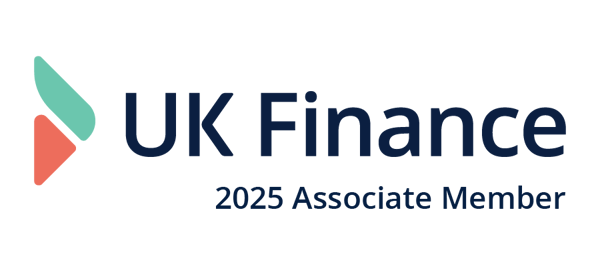Strengthen resilience. Own your risk.
Empower your risk, compliance, and executive teams with one platform to manage obligations, oversight, and third-party resilience: designed to meet the complex regulatory expectations facing banks and building societies.
Stay ahead of changing regulations and obligations
Streamline how you capture, assess, and respond to regulatory updates from the PRA, FCA, and other authorities.
-
Monitor and manage compliance with SMCR, Basel III (Basel 3.1), Consumer Duty, Operational Resilience, UK Corporate Governance Code, financial crime, and conduct regulations in a single, centralised platform
-
Track regulatory changes and map them to policies, controls, and obligations to reduce manual effort and oversight risk
-
Assign ownership, schedule actions, and log attestations to meet deadlines with confidence
-
Enable clear and consistent board reporting with real-time dashboards and audit trails
Gain an integrated view of enterprise risk
Consolidate fragmented risk and compliance systems into one connected framework for full visibility and better decisions.
-
Connect risk registers, controls, compliance obligations, and incidents in one place
-
Align with PRA and FCA expectations for integrated enterprise-wide risk management
-
Report across all risk types with dynamic dashboards showing trends, heatmaps, and control effectiveness
-
Replace spreadsheets and siloed systems with a scalable solution tailored for banks and building societies of all sizes
Strengthen your operational resilience and incident response
Meet regulatory requirements for operational resilience, third-party oversight, and business continuity planning.
-
Record, triage, escalate, and resolve incidents with automation and traceability
-
Identify, map, and test resilience plans for important business services and critical service providers
-
Conduct root cause analysis and link incidents to related risks, obligations, and controls
-
Support compliance with FCA PS21/3, PRA operational resilience expectations, and CTP oversight for major third parties
Manage third-party risk with confidence and clarity
Maintain a central register of service providers, assess risks, and demonstrate oversight at all times.
-
Create a full inventory of service providers with tiered risk ratings and performance metrics
-
Schedule and document reviews, due diligence, and ongoing monitoring
-
Map third-party risks to related incidents, controls, and business continuity plans
-
Prepare for enhanced third-party oversight under the PRA/FCA CTP regime and DORA for EU operations
Trusted by well known organisations

Flexible risk management. Designed by risk experts.
Analytics & dashboards
Configurable platform
User experience
Implementation and support
Your insights. Made for action.
Get a full picture of your business’s risk profile – so you can make better strategic decisions faster. Protecht’s platform delivers interconnected, structured data through dashboards and reports that can be easily categorised and documented. So you can spot trends and identify areas that need the most action. And bring important stakeholders along the journey too.
A platform of possibilities.
Our system can be configured to your business’s unique needs without any coding. With features like a dynamic form builder, the capability to automate notifications and email alerts based on your unique needs and customisable risk assessment scales, it has the flexibility you need for a risk solution that’s all your own.
Designed for teams. Delivered to take you further.
Risk management isn’t the responsibility of one person. Protecht’s clean, easy-to-use solutions help you engage and empower more of your team – so that risk ownership reaches more of your organisation. That means less time chasing teammates on the day-to-day tasks. And more time focusing on strategic work that makes the biggest difference
Get the expertise. Experience success.
No two organizations are the same – and that includes how they manage risk. For over twenty years we’ve been partnering with clients across all kinds of industries to implement ERM solutions that adapt to their needs and set them up for success. Our team can quickly implement a way forward that works for you – and then keep you at the forefront of any key changes to the risk landscape.
Case Study
How Pinnacle Investment Management stays in control with Protecht
Thought leadership on risk for banks and building societies.
Watch our latest thought leadership webinars and read the latest blogs, eBooks and white papers on risk management topics for banks and building societies.
Blog
UK Corporate Governance Code: Why you need to act now.
Blog
A fair deal: How to integrate the Consumer Duty into your operations.
Operational resilience
The complete guide to achieving operational resilience.
Case study webinar
Learn how the risk function at Metro Bank digitised their risk process.
Frequently asked questions about governance, risk and compliance (GRC) for banks and building societies
Firms must identify important business services, set impact tolerances, and demonstrate the ability to prevent, adapt to, and recover from disruptions. Protecht provides structured workflows for incident management, resilience testing, third-party oversight, and compliance reporting.


.png)













